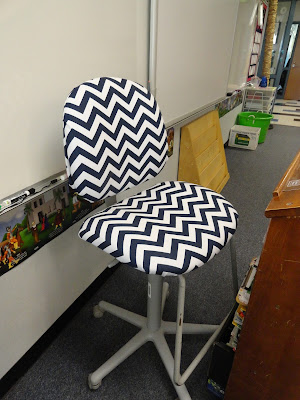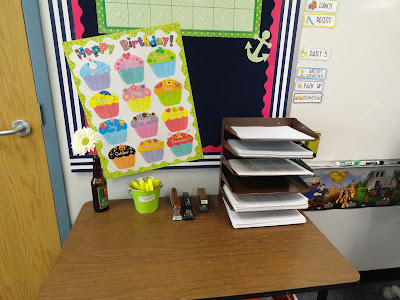Oh my! My summer is already over and I have not blogged ONE time! Yikes! I have been so busy, but will share about that later! But now on to the important stuff....
A Crafty Teacher’s
Classroom Economy
Here is how I conduct my classroom economy that I use all year. I learned this when interning and have kept it up every year of teaching. The students love it, it's easy, doesn't require a bulletin board or anything special, and it works! What more could a teacher ask for? I have detailed directions below as well as a printable (front and back) of the transaction sheet you can use! Hope you like it. Please feel free to share how you use a classroom economy in your classroom too.
1. Give students a copy of the transaction register (a front and back copy has been provided). I always give my students some money to start their account with (about $5-$10). I also pay my students weekly for their class “job” that they do ($5 a week). This can be anything from being the line leader to organizing the classroom library. Every student has a job that they have applied for and been given for a nine-week period. They know that if they aren’t doing their job, they will not get paid.
2. Students can add or subtract money for whatever you choose throughout the day. I do the honor system, but also have a class “banker” that is supposed to check to see that students are being honest and paying when I ask them to. Some ideas are:
a. Withdrawals: incomplete homework, running in the hall, not doing their class “job”, misbehavior, not getting their class planner signed, taking excessive bathroom breaks, not following classroom procedures, late work, etc.
b. Deposits: turning in homework, the whole class is present and on time, doing the right thing, completing their class “job”, bringing back their weekly folder, scoring an A on a test, etc.
3. Give students a set amount of time (I do 9 weeks at a time) to collect their money. They need to make sure they are always writing the date and description as they go. I tell my students if the date and description are not there, it will not count.
4. Let students go “shopping” in your class store with their money at the end of the given time. Your class store can have whatever items you have available. Some ideas are: cheap toys, dollar store items, prizes from fast food meals, class coupons for things like pillow passes or sitting at the teacher’s desk, folders, mechanical pencils, pens, erasers, notebooks, etc. I subtract it off their account as they shop. They have to add it all up and see if they have spent all of their money or how much is left for them to spend. I usually do this while they are doing an independent activity at their seats or working at centers.
5. Once they have spent all of their money, I give them a new account register and they start all over again.
-
Additional ideas:
- I use the account system for my unit on the events leading up to Revolutionary War. I come into class as we are starting that unit and tell the class that I am the Queen and will start enforcing some new taxes. I "tax" them for anything and everything I can think of. For example, I have a certain stamp they have to stamp their paper with before turning it in or they will be taxed; students must be taxed to take extra bathroom breaks; if a student needs more pencils or supplies than provided, they are taxed; Use of drawing or writing paper is also taxed. This really hits home with so many students. They then can empathize with the colonists and all the taxes pushed on them.
- If a student is doing something to another student (like pushing someone in line) I make them subtract money from their account and "give" it to the student they were pushing. This also applies if I see a student is getting someone else to do their job. They have to subtract the money from their account and the other person involved gets to add the money to theirs.


















